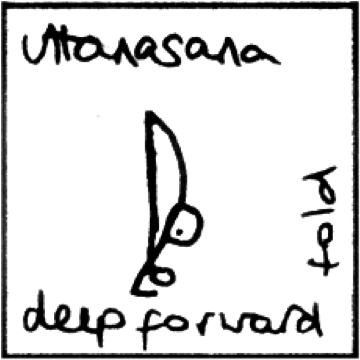And just like that, it's nearly fall. It certainly feels like autumn in Seattle. Our season change arrived over the weekend, a few days ahead of schedule. I bought one more half flat of berries at the farmers market on Sunday, since my calendar says it's summer until Friday. But mother nature had other plans, and with an onslaught of rain and cool temps, eating blueberries feels a little silly. Time to find a good muffin recipe.
Actually, bread is an ideal food for fall. It falls into the sweet taste, which carries over from summer. But unlike the season we're leaving, during which we pair sweet with bitter and astringent, the foods that keep us nurtured in autumn are sweet, sour, and salty. And the way we approach sweet changes. Instead of cooling the body with lots of berries, watermelon, and cucumber, we want to warm the body with breads, rice, dates, meat, and cooked apples.
We can bring in salty with foods like seaweed or cured meets. Sour tastes belong with citrus, yogurt, cheese, and fermented foods. Pickling is actually pretty quick and easy, and a great way to preserve much of the abundant produce coming out of the earth right now. Cucumbers are probably the most familiar to us as pickles, but you can be really creative. Beets, radishes, carrots, cauliflower, beans...go ahead and chop them up, stuff them in a jar, and add a vinegar mixture! I tried a cold blend on Sunday, which was even easier than the usual stovetop water and vinegar concoction I usually use.
Pickled Cucumbers (modified from blessthismessplease.com)
3 cup water
1 cup rice wine vinegar
3 tsp salt
1/3 cup organic sugar
6 cups sliced cucumbers
Stuff cucumbers into a 1/2 gallon mason jar. Stir water, sugar, vinegar and salt to blend. Add to cucumbers to cover fully. Cap your jar and store in the fridge.
The foods we eat are one of the most important ways to shift our approach to wellness throughout the year as seasons change. I've written before about my favorite kitchari recipe, an ideal food to prepare while transitioning seasons. But there are other ayurvedic concepts beyond food that inform how best to nurture our bodies. Generally speaking, we want to understand the qualities of the season we're in and find balance in our own bodies. As we move from the heat of summer to the blustery, cool winds of autumn, we do well when we ground and stabilize our energy, slow down, keep warm, and follow a routine. If you practice yoga, you can consider shifting your focus to slow flow, long savasanas, and balancing breathing work.
Want to learn more? I regularly weave seasonal themes into my yoga classes and offer one-on-one wellness sessions. If you're in the Seattle area tomorrow, join me at the Riveter Capitol Hill for Wellness Wednesday. In my workshop Accessible Ayurveda - Summer to Fall, I'll be exploring this week's seasonal transition in more depth. And finally, don't forget to celebrate the autumnal equinox this Friday!







